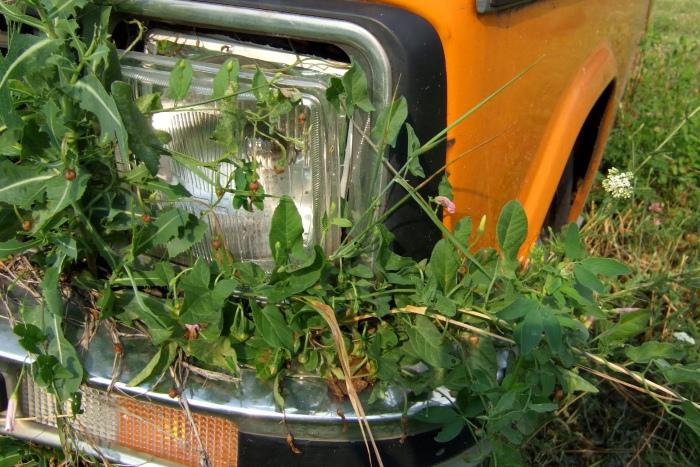Our Place in Nature (And What Does ‘Nature’ Really Mean?)

Environmental studies senior-seminar videos dissect what nature is and how we fit in with it
by Tony Moore
There are 400 live trees and 30,000 other plants growing inside the Mall of America in Bloomington, Minn. These plants and trees might be part of the natural world left on their own, but it's a good bet you wouldn't mistake this expansive retail setting for nature.
But instead of sitting outside the Gap and contemplating a copse of palm trees, how about looking out the window into your backyard? Your shrubs and grass come from the natural world, but just because you see green and smell the outdoors blowing in the breeze doesn't mean there's really anything left of nature out there.
Or does it? Questions such as this were in the crosshairs for Assistant Professor of Environmental Studies Michael Beevers when he recently offered the senior seminar Understanding Humans' Place in Nature. To accomplish the goals of the course, his students produced short films tackling the course's overarching theme, and the variations were as staggering as those found in nature itself.
"I thought the topic of the course inherently lent itself to the use of visuals and imagery," Beevers said. "Although nature is an 'idea' more than anything, video is a powerful tool for reflection, communication and education."
The final projects explored that idea from 15 unique perspectives, offering insights into everything from biophilic cities to America's front-lawn culture, the latter of which was parsed by Amanda Vandenburg '14.
"Front lawns are something that everything can connect with, since they're everywhere in the United States," she said. "During the class, we talked a lot about the differences between things being 'natural' and a part of 'nature,' and I wanted viewers to think about these topics with relation to something that's right outside their front doors."
Taking a different approach, Connor Shields '15 produced a meditative video that is evocative of Thoreau from beginning to end.
"It was very much about trying to define or discover what my emotions were to the environment around me," he said. "I wanted viewers to have a new perspective on the mundane events and interactions we experience, the sort of man-made mental environment that we are unknowingly put in each day. Maybe they might view walking down a street much differently after watching it."
Beevers says he got everything out of his students that he hoped for when he designed the class.
"The project got them invested and excited in a way writing a final paper probably could not have," he said. "Although the final product is certainly different than a final paper, they both need to lure the reader or viewer in, discuss a topic thoroughly and insightfully and in the end leave us with something to think about."
Published January 22, 2014